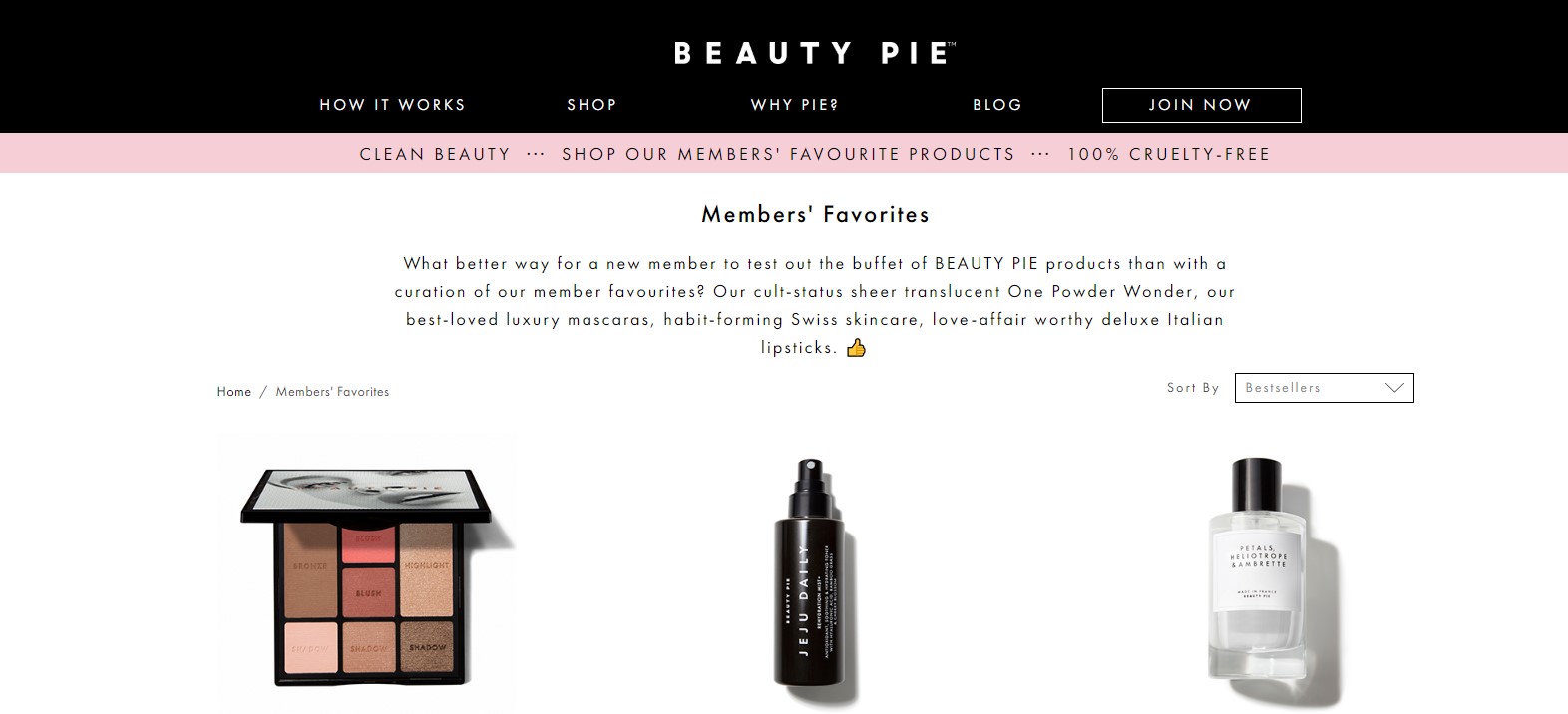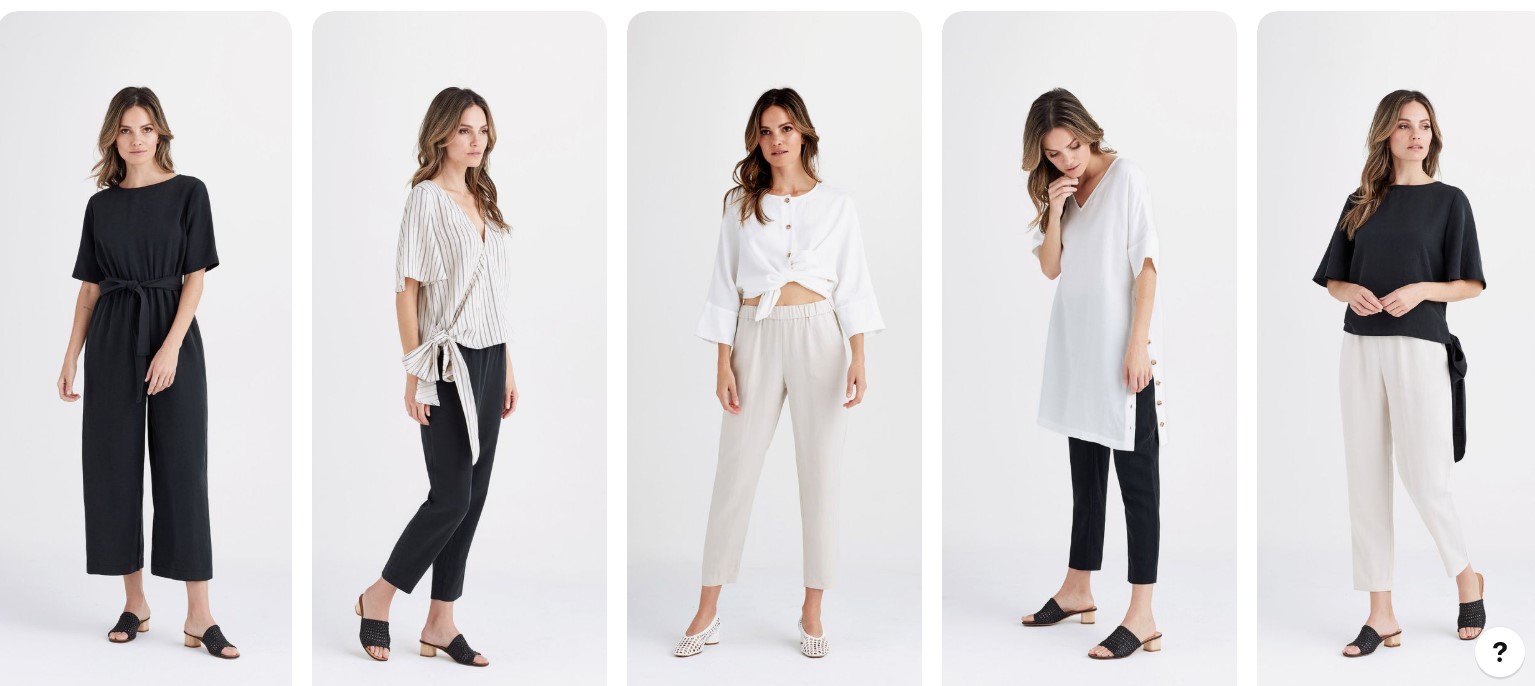How Brandless Proved That Branding Matters
Branding matters.
Brandless

This has been illustrated by the recent collapse of ‘Brandless’ who wanted to sell healthy and environmentally conscious goods, including luxuries, without the branding. The idea was to minimise cost to the consumer. This can be very effective when it comes to necessities, like bread, canned foods and toothpaste – think of the old Tesco packaging; plain, white and blue striped, functional. It signified that the goods were cheap and maybe not the best, but would do the job. However, in 2012, even Tesco dropped their Value Range and it’s uber functional, practically unbranded style. The company said that consumers were embarrassed to buy the products; that they were not appealing.
Another factor is that. well… no one needs moringa powder. I had to Google what it was. (It’s a powdered leaf said to have health benefits. Think the sort of thing Gwyneth Paltrow might tell you to put in a smoothie). People buy things like moringa powder partly to feel special; to tap into an aesthetic and lifestyle. Nobody buys ‘Psychic Vampire Repellent’ at £27 a bottle from Goop because they actually think it’s magic (let’s hope not anyway). They do it to buy into a tiny part of the Goop aesthetic. The most obvious example of this is the companies that market still water for a premium, which is usually the same stuff you’d get out of any tap. There’s even been a canned water specifically marketed at straight edge punks, called Liquid Death.
Brand Cohesion

An important part of any brand identity is cohesion. You need to have a defined colour palette, logo, and design aesthetic that helps customers remember you and identify with you. It’s why everyone recognises the ‘golden arches’ of McDonalds, or the mermaid on every Starbucks cup.
Brandless’ issue was that they had mixed messages and a lack of cohesion. As others, including founder Tina Sharkey, have pointed out, they were absolutely a brand. But they were competing in the competitive grocery market. One where brands typically pitch at the low cost basics market, or the high end luxury market. Where Brandless went wrong was trying to do both. People on a budget don’t mind buying low cost necessities. Epicureans with money don’t mind spending for attractive packaging and a slightly better flavour.
$3 Moringa Powder is neither low cost nor a necessity; and putting it in a functional package means it likely won’t appeal to the affluent consumer. Their ‘white box’ branding was fine, but generic and unmemorable; which doesn’t really work when you are selling luxury goods. They failed to create the exclusivity, or the community that would create brand loyalty. There were also complaints about the quality; Brandless had three stars on Trustpilot, with customers complaining of broken dishes and utensils, small product sizes, slow shipping, and that the matcha tea powder “wouldn’t froth”.
The Brand Tax

Brandless had a much touted, trademarked concept called ‘Brand Tax’. They were jabbing at ‘unnecessary’ things like marketing, branding, interesting packaging. They failed to realise that those things serve a purpose. Think about our supermarkets. If you buy the exact same items at Waitrose and Asda, you’ll pay 36% more at Waitrose. There’s no real difference; many of these products are made at the same factories. The main difference is that branding matters; some people will pay 36% extra to be the ‘type’ of consumer who shops at Waitrose.
Apart from anything else, there is simply very little point in touting poor quality exotic teas in plain packaging for $3 when Holland and Barrett are selling a similar product (in a much smaller quantity) for £34.95. Again, people are willing to pay a premium to be the kind of person who drinks AAA Grade ‘ceremonial’ matcha tea from an artisanal hand crafted cup.
They also missed how other ‘basics’ brands work.
Amazon can afford to have a range of own brand basics because they are a household name, and also sell extremely expensive items. They can afford to sell a plain sheet for £6.99, because they’re also selling Longines watches at £17,000 and sheds for £8000. You can’t afford to sell $3 tea when all your goods are $3.
Brandless discovered that there is a reason most companies don’t sell luxury, discretionary products in plain packets; it doesn’t work.
Success Stories
Some brands have made the #brandless concept work. These brands are cohesive, coherent, and tap into the #emotional needs of their customers. Share on XHowever, some brands have made the ‘brandless’ concept work. There is a real desire for minimalism and simplicity in the modern age. Interest in the environment, information overload, physical and emotional clutter. There is a yearning for a simpler, more straightforward approach to life. The proliferation of over branding, attention grabbing stunts and visually discordant, eye catching design has re-popularised a pared back, cleaner aesthetic. The key difference is that these brands embrace and immerse themselves in their identity and style. They are cohesive, coherent, and tap into the emotional needs of their customers.
Beauty Pie

This popular cosmetics concept is effectively a beauty club. You pay £10 a month for membership, and get access to cheap, high quality makeup. It’s superficially similar to Brandless in that they keep costs low by removing packaging, branding and marketing. However there are several differences. To start with, their brand feels luxurious and stylish. The pink, white and black colour palette is present throughout. The font is reminiscent of Net a Porter. The monochromatic packaging is simple, chic, and memorable.
It feels exclusive – like you’ve been let in on an industry secret, an emotion enhanced by the presence of it’s founder, Marcia Kilgore. She has an impressive pedigree in the beauty industry, having created Bliss®, Remède®, Soap & Glory® and Soaper Duper®, and a clearly delineated mission statement – to “democratize access to the best beauty products in the world.” And while they may have skipped traditional beauty marketing, with celebrities, influencers and TV spots, Kilgore’s reputation and connections meant that Beauty Pie was immediately reviewed in Vogue.
Despite the low prices and lack of fluff in terms of fancy packaging, Beauty Pie makes it’s customers feel special.
Vetta Capsule

Vetta is a brand with a straightforward pitch. 5 piece capsule wardrobes that can create up to 30 different outfits. These pieces are made from tencel, organic cotton and deadstock fabric, in factories based in New York or Los Angeles. The Los Angeles factory gets 70% of it’s power from solar. They encourage you to take their style quiz, to figure out which of their ten capsules, priced around $539, would suit your lifestyle. The clothing is unbranded. There are no logo clasps, signature necklines or flamboyant touches. Just high quality, sustainable pieces in muted, flattering colours. The pieces are designed to be trendless, seasonless, multi-functional, and mix and match.
People have grown more concerned about the environmental impact of fast fashion. They have less time and energy to figure out what to wear. And we’ve learned that most of us only wear 20% of our wardrobes, a staggering waste of money and resources. Enter capsule wardrobes. In a way, they are themselves, a form of branding – you choose a colour palette, a selection of shapes, and make them your template for self presentation.
The idea is to reduce ‘mass selection confusion’ or ‘overchoice’; terms explaining how an overload of options can make it impossible to choose, or be satisfied. Barry Schwartz, who wrote The Paradox of Choice explained that ironically, more options don’t make us happier.
“We end up less satisfied with the result of the choice than we would be if we had fewer options to choose from”.
Vetta taps into customer concerns about sustainability, desire for minimalism, and the urge to look good, without hurting the planet or taking hours to get dressed in the morning. They help their customers feel good, look good and stress less.
Muji

The word Muji literally means ‘no brand, quality goods’. Muji produce food, clothing and household items on the basis of keeping them simple, low cost and high quality, achieved through rationalised production processes. Head designer Hara says he thinks of Muji as a concept, not just a minimalist brand. Their aesthetic is simple and clean, with exclusively natural colours.
Everything, from their toiletries, to their furniture, to their relentlessly crisp and austere hotels, follows their brand guidelines. Muji products are almost aggressively pared down, with all that is unnecessary eliminated. For example, their ubiquitous natural paper labels are a conscious rejection of the typical bleaching process. Their plain, white, refillable toiletry bottles help reduce the visual clutter in bathrooms. Their sleek zip up jackets are neutrally coloured and water repellent, combining function and elegance. They don’t sell anything so extravagant as a bed; they sell mattresses on legs.
The Muji brand is strong, consistent and relies on word of mouth to spread, making quality essential.
The Difference
Where Beauty Pie, Vetta and Muji differ from Brandless is that they have made their ‘no-brand’ status aspirational. They tap into their customers emotions; make them feel included, wanted and special. These brands promise that you will be part of a club or movement. That you can be fashionable without destroying the planet, indulgent without being wasteful, chic without an army of stylists.
All three brands have a goal of ‘giving back’ in one form or another. Vetta produce sustainable, ethical clothing. Beauty Pie want to democratise high end beauty. Muji want to make the ‘pleasant life’ available to everyone, hence their range of pre-fab homes – the latest is designed specifically for senior citizens and starts at $160,000. This is a big deal in a country where the average house price is $337,000.
They offer ways to simplify and enhance life. They solve their consumers’ problems and offer elegant and satisfying solutions to their fears and concerns.
And they do this through branding. Their message, their logo, the materials they use, the colours they embrace; all these factors contribute to a thorough, robust and consistent communication with their desired customer. They also deliver consistently good products. If you eschew traditional marketing, your reputation is all you have, and must be impeccable. That reputation is part of the brand – to be seen as good, consistent and ethical is key.
Brandless failed at the essential cornerstones of brand identity – credibility and cohesion.


